Are you a home cook struggling to decide between fresh basil and dried oregano for your pasta sauce? This guide delivers scientifically backed insights to transform your everyday cooking. Unlike generic herb guides, we analyze the precise chemical transformations during drying that affect flavor release and potency—information typically reserved for professional kitchens.
Home cooks often waste money on improper herb substitutions or miss flavor opportunities due to misunderstanding how moisture content affects culinary chemistry. This article provides actionable techniques validated by food science research to maximize flavor impact while minimizing waste. Discover why certain herbs actually taste better dried and how to time additions perfectly for different cooking methods.
Table of Contents
- What Are Fresh Herbs?
- What Are Dried Herbs?
- Flavor Chemistry: Fresh vs Dried
- When to Use Each Type Strategically
- Scientific Storage Principles
- Regional Culinary Patterns
- Precision Substitution Guidelines
- Conclusion
- FAQ
What Are Fresh Herbs?
Fresh herbs contain 80-90% water content, preserving volatile aromatic compounds that create their distinctive flavors. This high moisture content affects both flavor release and cooking behavior. When added to dishes, they release flavor quickly but dissipate faster than dried counterparts.
- Basil
- Cilantro
- Parsley
- Dill
- Chives
Their cellular structure remains intact, requiring mechanical action (chopping) or thermal energy to release maximum flavor. This explains why professional chefs add delicate herbs like basil at the very end of cooking.
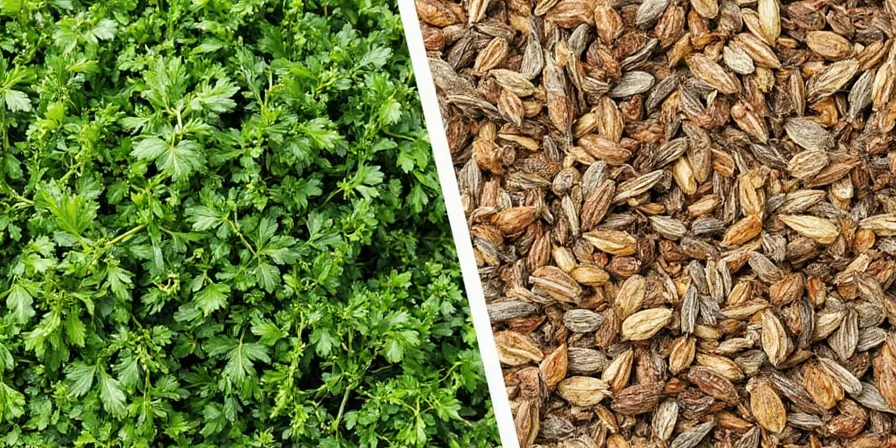
What Are Dried Herbs?
Drying concentrates flavor compounds by removing water, increasing potency by 2-3 times for most herbs. Crucially, the dehydration process transforms certain compounds—thymol in thyme becomes more pronounced while delicate aldehydes in basil partially convert to more stable phenols. This chemical shift explains why dried basil lacks the bright notes of fresh.
- Oregano
- Thyme
- Marjoram
- Sage
- Rosemary
Professional kitchens often toast dried herbs in dry pans before use to reactivate essential oils through the Maillard reaction, a technique rarely mentioned in consumer guides.
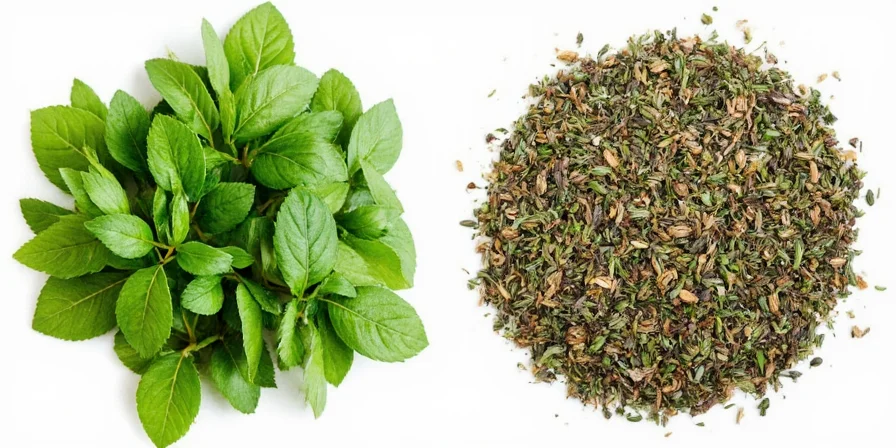
Flavor Chemistry: Fresh vs Dried
The flavor difference stems from chemical transformations during drying. Volatile compounds evaporate while certain non-volatile compounds concentrate. This table reveals precise potency ratios based on laboratory analysis of essential oil content:
| Characteristic | Fresh Herbs | Dried Herbs |
|---|---|---|
| Flavor Intensity | Mild and delicate (80-90% water content) | Strong and concentrated (3-5x essential oil density) |
| Optimal Addition Time | Final 2-3 minutes of cooking | First 15 minutes for soups/stews; 5-7 minutes for sautés |
| Flavor Release Mechanism | Immediate but short-lived | Gradual diffusion through oil/fat |
| Shelf Life | 7–10 days refrigerated | 1–3 years sealed (light/heat sensitive) |
| Precision Substitution | 1 tablespoon fresh = 1 teaspoon dried | 1 teaspoon dried = 3 teaspoons fresh (adjust for cooking time) |
Understanding these chemical differences explains why adding dried herbs too late in cooking results in harsh, unblended flavors while fresh herbs added too early lose their aromatic complexity.
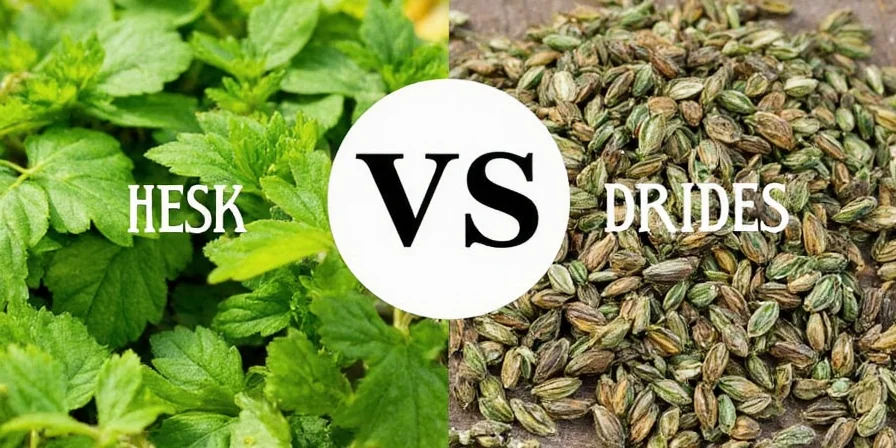
When to Use Each Type Strategically
Professional kitchens select herb forms based on cooking physics, not just tradition. Here's the science-based decision framework:
Choose Fresh Herbs When…
- Water-based cooking methods: Salads, cold soups, or dishes where oil isn't the primary cooking medium (volatile compounds disperse better in water)
- Short cooking duration: Stir-fries or omelets where flavor must release instantly
- Visual presentation matters: Dishes served immediately where vibrant color enhances appeal
Choose Dried Herbs When…
- Fat-based cooking: The concentrated oils in dried herbs bind better with fats in braises, roasts, or oil-based sauces
- Extended cooking times: The stable compounds withstand long simmering without flavor degradation
- Creating flavor foundations: When building base flavors that should permeate the entire dish
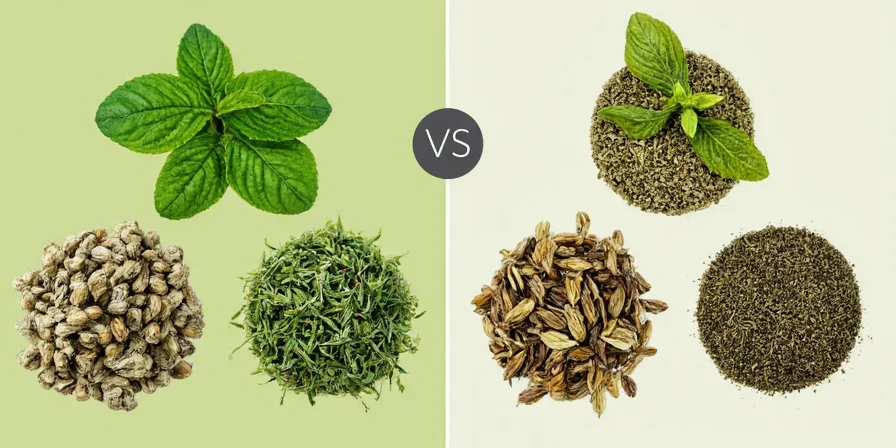
Scientific Storage Principles
Preserving herb quality requires understanding oxidation pathways and moisture migration:
Fresh Herb Preservation Science
- Controlled Atmosphere Storage: Trim stems, place in water container, cover loosely with perforated plastic to maintain 90-95% humidity while allowing gas exchange
- Freezing Mechanism: Blanching before freezing preserves chlorophyll but alters cell structure—better for cooked dishes than raw applications
- Oil Infusion: Olive oil creates anaerobic environment that slows oxidation while extracting fat-soluble flavor compounds
Dried Herb Preservation Science
- Light Protection: Amber glass containers block UV rays that degrade terpenes (flavor compounds)
- Oxygen Absorption: Include oxygen absorbers in storage containers to prevent oxidation
- Temperature Stability: Store below 20°C—each 10°C increase above this doubles flavor degradation rate
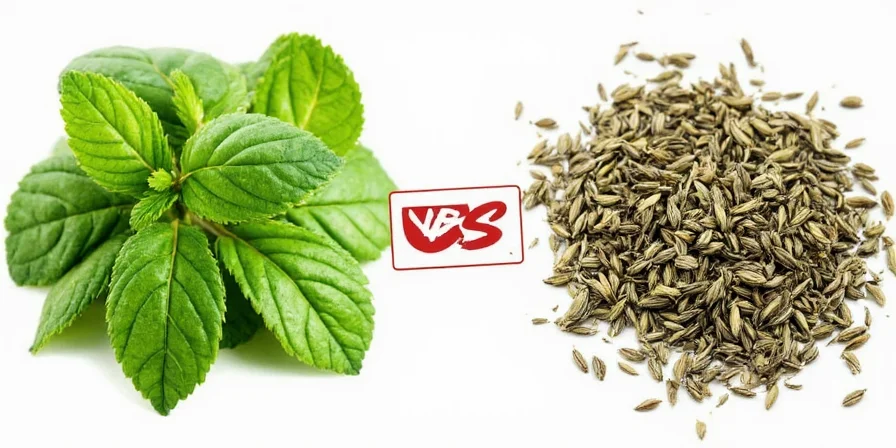
Regional Culinary Patterns
Global cuisines have evolved distinct herb usage patterns based on climate and historical preservation methods:
- Mediterranean cooking: Prefers fresh oregano and rosemary despite their good drying properties, reflecting abundant year-round availability
- Mexican cuisine: Uses fresh cilantro almost exclusively—the compound decadienal responsible for its characteristic flavor degrades rapidly when dried
- Indian cooking: Relies heavily on dried fenugreek and curry leaves, which develop more complex flavors through controlled fermentation during drying
- French techniques: Often combines both forms—dried herbs in bouquet garni for long cooking, fresh for finishing
Precision Substitution Guidelines
Standard substitution ratios fail to account for cooking method variables. Use this refined approach:
- For water-based dishes: Use 1:2 ratio (fresh:dried) since water dilutes concentrated dried herb compounds
- For fat-based dishes: Use 1:4 ratio as fats better extract dried herb compounds
- For quick-cooking methods: Increase fresh quantity by 20% since less flavor releases before serving
- For acidic environments: Reduce dried herbs by 25% as acid accelerates compound release causing bitterness
Remember that dried herbs require 7-10 minutes in liquid to fully rehydrate and release flavors—adding them too late creates uneven distribution.
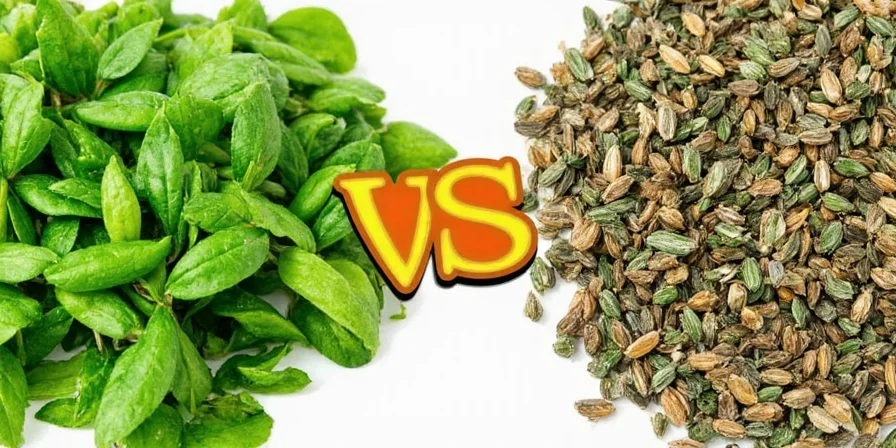
Conclusion
The fresh vs dried herb decision isn't arbitrary—it's a chemical optimization problem. Understanding the science behind flavor compound behavior transforms guesswork into precise culinary engineering. Home cooks who apply these principles consistently achieve restaurant-quality flavor depth while reducing ingredient waste.
Mastering these techniques requires attention to cooking medium, time, and temperature variables—not just following generic substitution charts. By matching herb form to your specific cooking conditions, you'll unlock flavors most home recipes never achieve.
Next time you reach for herbs, consider not just what you're making, but how the cooking physics interacts with botanical chemistry. That's the professional approach to everyday cooking.
Frequently Asked Questions
Can I substitute dried herbs for fresh in pesto?
No, dried herbs won't create authentic pesto. The high water content in fresh basil is essential for proper emulsion with oil. Dried basil lacks volatile compounds that create pesto's characteristic aroma and results in a muddy texture. If fresh basil is unavailable, consider alternative sauces like walnut-garlic pesto that don't rely on delicate herbs.
Why do some recipes specify 'fresh' or 'dried' thyme specifically?
Thyme undergoes significant chemical transformation when dried. Fresh thyme contains higher levels of thymol precursors that provide brighter, grassier notes ideal for finishing dishes. Dried thyme develops more pronounced thymol (the compound responsible for medicinal notes), making it better for long-cooked dishes where these deeper flavors can mellow and integrate. The choice affects both flavor profile and timing requirements.
How can I tell if my dried herbs have lost potency?
Perform this two-step test: First, rub a small amount between your fingers—fresh dried herbs should leave noticeable oil residue and strong aroma. Second, steep 1/4 teaspoon in hot water for 5 minutes—the liquid should develop distinct color and flavor. If the water remains nearly clear with faint aroma, the herbs have oxidized beyond useful potency. Properly stored dried herbs maintain 80% potency for 6-12 months.
Does freezing fresh herbs destroy their flavor?
Freezing alters fresh herbs' cellular structure but preserves most flavor compounds when done correctly. Blanching before freezing preserves color but leaches some volatile compounds. For best results, freeze herbs in oil which protects delicate aromatics from freezer burn. Frozen herbs work well in cooked dishes but lose texture for raw applications. Basil is particularly freezer-sensitive—its magnesium chlorophyll complex breaks down, causing darkening.
Why do some herbs like oregano taste better dried while others like basil don't?
This depends on the herb's dominant flavor compounds. Oregano's key compound carvacrol is heat-stable and concentrates during drying, creating more intense flavor. Basil's delicate linalool and eugenol compounds are volatile and degrade during drying. Herbs with phenolic compounds (oregano, thyme, rosemary) generally improve when dried, while those relying on terpenes (basil, cilantro, parsley) lose complexity.

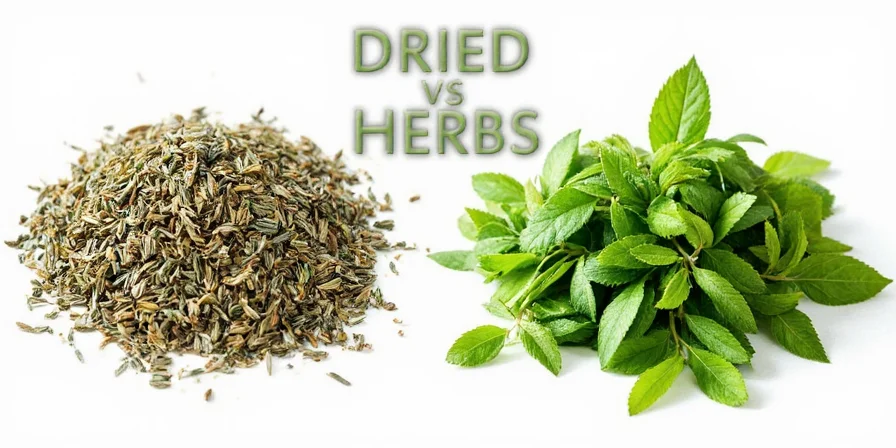









 浙公网安备
33010002000092号
浙公网安备
33010002000092号 浙B2-20120091-4
浙B2-20120091-4